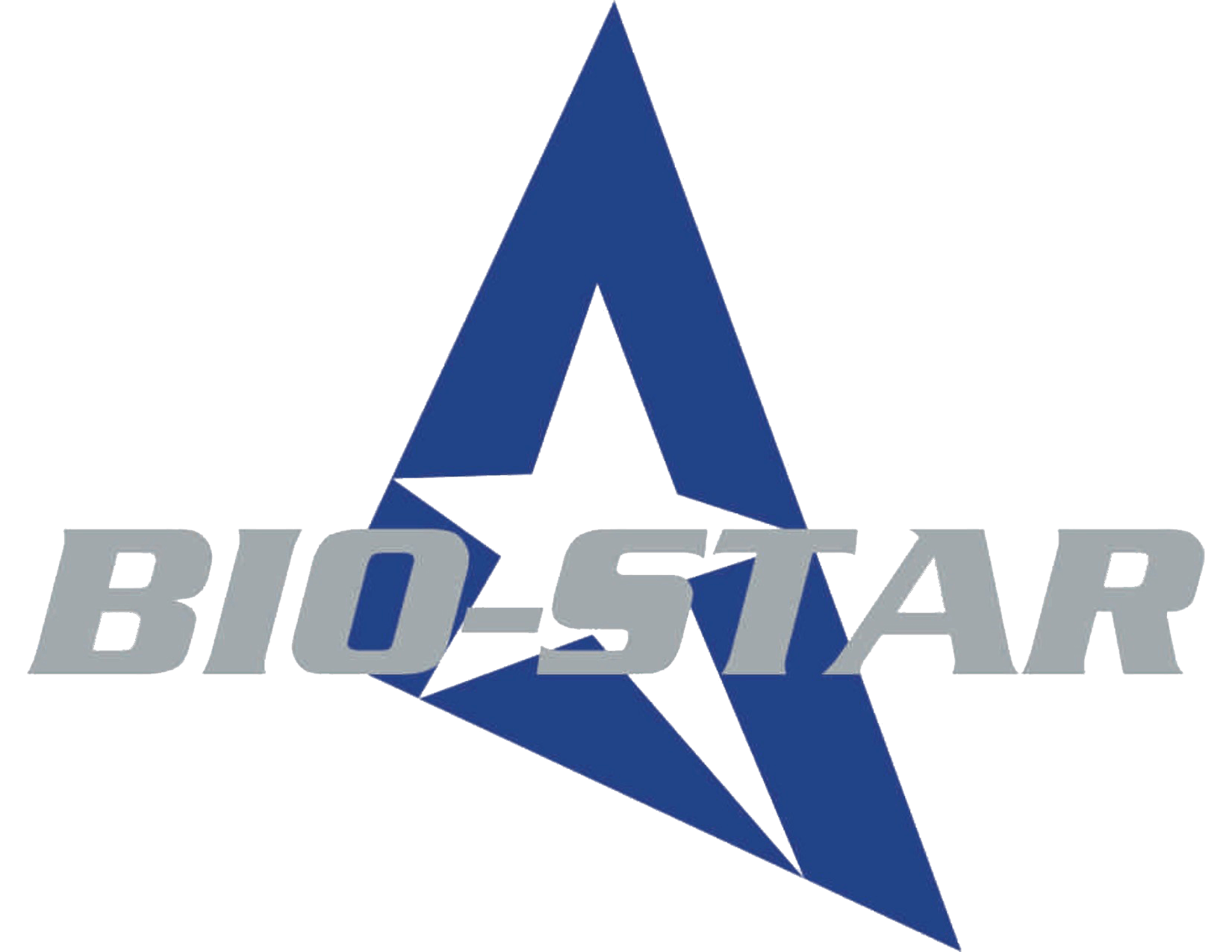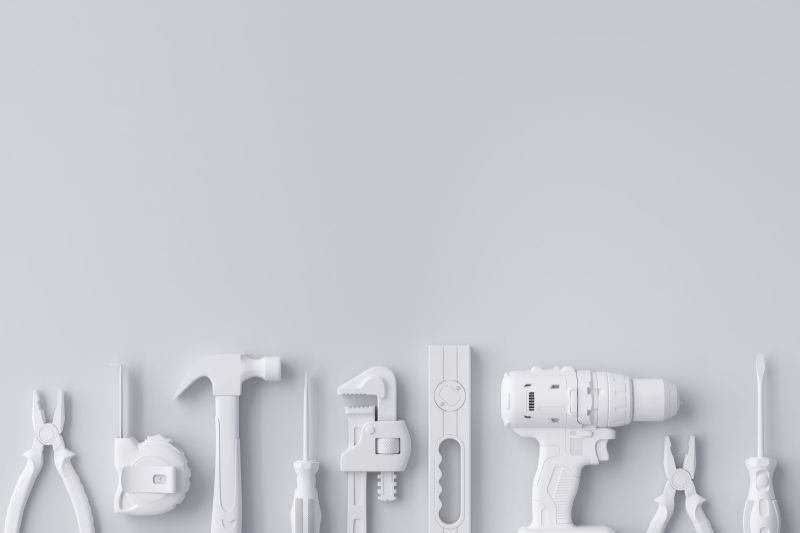Emergency Preparedness is, in essence, planning for the unplanned. In recent years, we have seen more and more incidents of natural disasters occurring, leaving residents to fend for themselves until help arrives. It is vital to have a game plan should this happen. The problem is that many people don't know where to start when preparing their toolkit kit or if they even need one. Here are some tools you can use to build your toolkit and be prepared!
Flashlight
A flashlight is a must-have item for any toolkit. This is because, no matter the time of day or season of the year, it's possible that you may find yourself in a situation where you need to use one. While most flashlights are made with durability in mind and are generally reliable, it's essential to find one that meets your specific needs. For example:
- The flashlight should be waterproof to withstand the elements outdoors or while working on projects around your home.
- If you plan on doing tasks at night or in dark areas often enough that visibility might become an issue for safety reasons, consider getting a high-powered LED (Light Emitting Diode) model.
Safety Glasses and Ear Protection
A pair of safety glasses should be worn when working with power tools. You should also wear ear protection using power tools, such as a table or circular saw. Safety glasses and ear protection should be replaced when they become scratched or worn out.
First Aid kit
Bandages, gauze pads, adhesive tape, and antiseptic ointment to treat cuts and scratches are essential for any first aid kit. Consider adding pain relievers like ibuprofen or acetaminophen if you have children who often get hurt at school or outside playtime. And don't forget about your pets! A pet first aid kit is also essential because accidents also happen to them.
It should be easy to access so that when an injury occurs, you can grab it quickly without wasting valuable time looking for something else that might be hiding from sight.
Fire Extinguisher
A fire extinguisher is a useful tool that can help keep your workstations safe. When choosing an extinguisher for your workstation, consider factors such as:
- The size and type of area where it will be used (i.e., whether it's just for small fires or large ones).
- How much heat energy would be needed to extinguish the flames.
Gloves
Working with chemicals can be dangerous if your hands aren't protected. Gloves are available in different materials, including latex, nitrile, and neoprene. You should always wear gloves when handling chemicals such as acids and bases or any substances that might be corrosive to your skin.
In addition to protecting you from the elements and sharp objects, gloves also protect you from bacteria on the surface of a thing you are using for an experiment. If you don't wear gloves while working with chemicals, this could lead to cross-contamination of samples during experiments which could spoil your results.
Emergency Blanket
Emergency blankets are lightweight and compact, so you can easily carry them with you if you are in an emergency. You can use emergency blankets to keep yourself warm when there's no heat source nearby. All you have to do is unfold the blanket and wrap it around your body so that the reflective side faces outward while the thermal side faces inward toward your body. The thermal properties of an emergency blanket will help trap heat close to your skin, thereby keeping you warm.
If rain or snow falls outside, don't worry—emergency blankets aren't just for cold weather! You can also use them as waterproof covers for sleeping bags or tarps if needed, making them useful for a wide range of situations where water might get into places it shouldn't be (like inside your tent).
Pocket Knife or Multi Tools
While many tools can be used to accomplish various tasks, a pocket knife or multitool will be very useful in your survival kit. Pocket knives can be used for cutting rope, cordage, or fishing lines. Multitools offer more versatility than the typical pocket knife because they contain other tools like pliers, scissors, screwdrivers, and more. While multitools are more expensive than an essential pocket knife, they are also more compact, so you have less bulk when carrying them.
Rope or Cordage
Cordage can be used for shelter tie-downs, fire starting, emergency repairs, and even as a sling for efficiently carrying heavy items. The diameter of your cordage should be proportional to the size of your toolkit. A giant diameter rope may be required if you plan on building complex structures or performing advanced repairs on equipment such as vehicles or machinery. However, remember that most activities will require much smaller diameters of rope/cordage.
The items listed above can be helpful in various scenarios; emergency, safety, and more. Each person's toolkit will vary depending on their location, environment, and personal needs. These are just a few essential tools.

